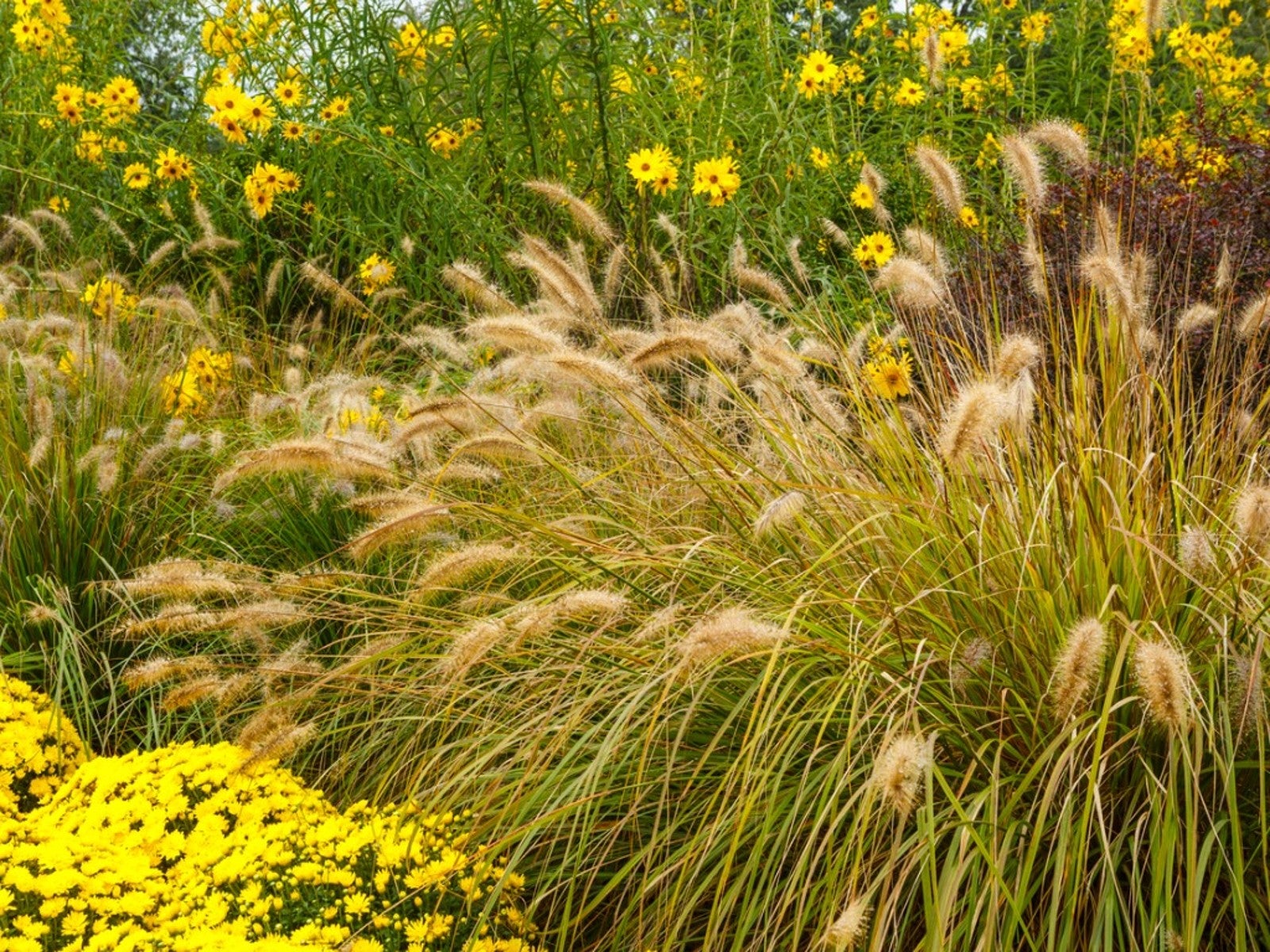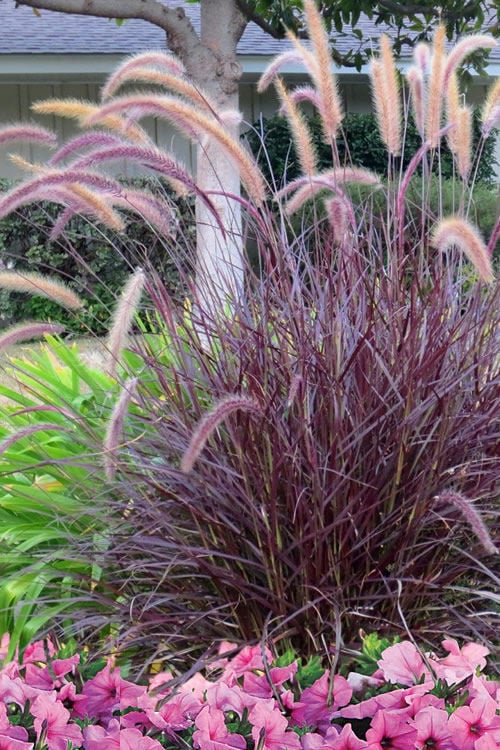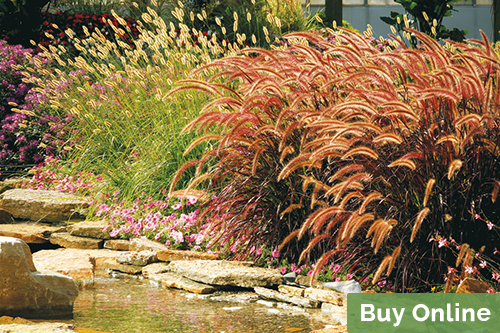If you’re looking to enhance your garden with vibrant colors, dynamic textures, and low-maintenance options, decorative grasses could be your best choice. As a Wisconsin gardener, I’ve come to appreciate the versatility and beauty these plants bring to landscaping.
Why Choose Decorative Grasses?
Decorative grasses offer a plethora of benefits that cater to both aesthetics and functionality. Here are some reasons why you should consider them for your garden:
- Low Maintenance: Once established, decorative grasses require minimal care.
- Year-Round Interest: Their structure adds visual appeal even in winter.
- Wildlife Friendly: They provide habitat and forage for various creatures.
- Versatility: Suitable for borders, containers, or as standalone features.
Popular Varieties of Decorative Grasses in Wisconsin
Wisconsin’s climate can accommodate a range of decorative grasses. Here are some of my personal favorites:
1. Miscanthus sinensis (Chinese Silver Grass)
This is a tall perennial grass that can reach up to 8 feet and produces stunning silky flower plumes. It’s perfect for creating a privacy screen!
Pros:
- Fast-growing and hardy.
- Incredible fall color.
Cons:
- Can become invasive if not managed properly.
2. Panicum virgatum (Switchgrass)
Switchgrass is native to Wisconsin and adapts well to various soil conditions. Its airy flower heads sway beautifully in the wind.
Pros:
- Attracts pollinators.
- Supports erosion control.
Cons:
- May require periodic trimming for best appearance.
3. Calamagrostis acutiflora (Karl Foerster Grass)
This grass is revered for its upright form and elegant feathery plumes. It provides structure to garden designs.
Pros:
- Year-round interest with winter foliage.
- Easy to grow in well-drained soil.
Cons:
- Can become floppy without proper spacing.
4. Festuca glauca (Blue Fescue)
This ornamental grass is known for its striking blue foliage that stays vibrant throughout the seasons.
Pros:
- Compact size, great for borders.
- Resistant to drought.
Cons:
- Requires well-drained soil.

Creating a Decorative Grass Garden in Wisconsin
Designing a decorative grass garden can be a fun and rewarding experience. Here’s how you can approach it:
1. Assess Your Garden Space
Before you start planting, evaluate your garden area. Consider factors like soil type, sunlight, and existing plants. Decorative grasses thrive in full sun but can adapt to partial shade.

2. Plan Your Layout
Decide whether you want an organized grouping of grasses or a more naturalistic style. Mixing different heights and textures can create an attractive contrast.
3. Choose Your Grasses
Select a variety of grasses that work well together. A combination of tall and short grasses can add depth to your garden.

4. Prepare the Soil
Good drainage is vital for decorative grasses. Amend heavy clay soils with organic matter to ensure healthy root growth.
5. Planting and Maintenance
Follow the recommended spacing for each grass variety and water well after planting. Regular watering during the initial establishment period will yield healthier plants.

Comparison of Decorative Grasses for Wisconsin Gardens
| Grass Variety | Height | Color | Sunlight Requirements | Invasive Potential |
|---|---|---|---|---|
| Miscanthus sinensis | 6-8 feet | Green, turning golden-orange in fall | Full sun | Moderate |
| Panicum virgatum | 3-6 feet | Green, with purple flower heads | Full sun to partial shade | Low |
| Calamagrostis acutiflora | 3-4 feet | Green, feathery plumes in late summer | Full sun | Low |
| Festuca glauca | 1-2 feet | Silvery-blue | Full sun | Low |
Caring for Your Decorative Grasses
Once planted, decorative grasses are relatively easy to care for. Here are some tips to ensure they thrive:

Watering
Watering is crucial during the first year, especially during dry spells. Once established, many decorative grasses are drought-tolerant.
Fertilizing
Generally, decorative grasses do not require heavy fertilization. A light application of a balanced fertilizer in spring can help support healthy growth.

Cutting Back
Most grasses benefit from annual cutting back in late winter or early spring. This promotes fresh growth and helps to keep the plants tidy.
FAQs About Decorative Grasses in Wisconsin
1. What are the best decorative grasses for northern climates?
Some of the best options include Miscanthus sinensis, Panicum virgatum, and Calamagrostis acutiflora, which are hardy and adaptable to colder temperatures.

2. How do I prevent grasses from becoming invasive?
Regular maintenance such as cutting back in late winter and preventing seed dispersal can help control invasive tendencies in some varieties.
3. Can decorative grasses survive winter in Wisconsin?
Yes, most decorative grasses are cold-hardy and can survive the harsh winters of Wisconsin, adding to the winter landscape.
4. Are decorative grasses good for erosion control?
Absolutely! Grasses like Panicum virgatum are known for their deep root systems, making them excellent choices for preventing soil erosion.
Final Thoughts
Incorporating decorative grasses into your Wisconsin garden can transform it into a stunning and low-maintenance landscape. Having personally experienced the joy of watching my grass garden flourish, I encourage you to explore the diverse options available. Remember, the right selection can enhance not only your garden’s aesthetics but also its ecological value, providing habitats for local wildlife.
So, roll up your sleeves, get your hands in the soil, and enjoy the beauty of decorative grasses!